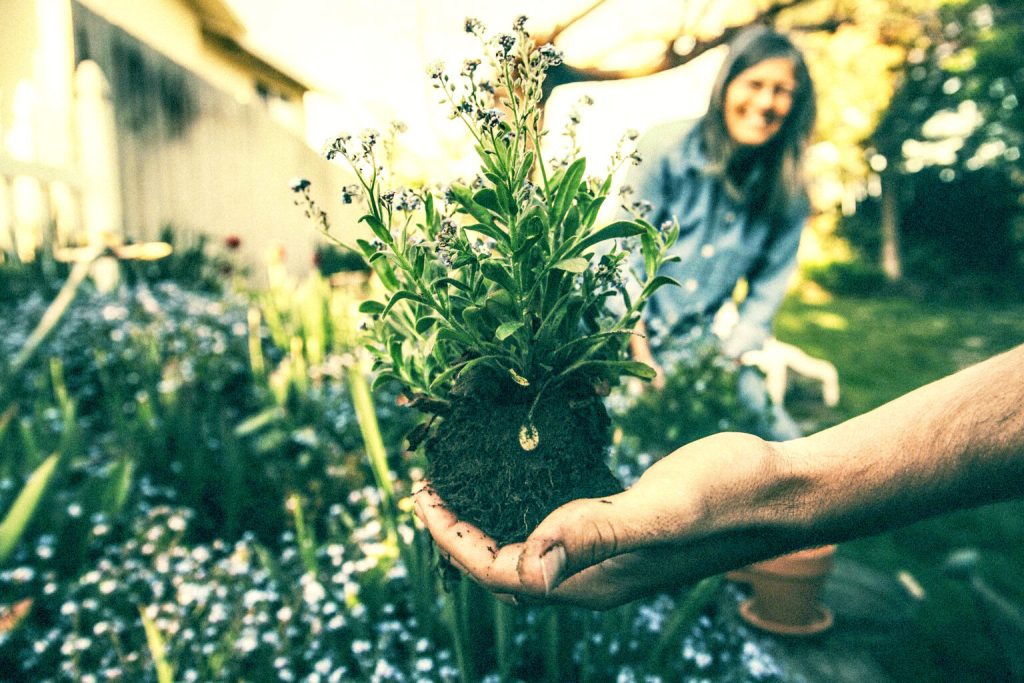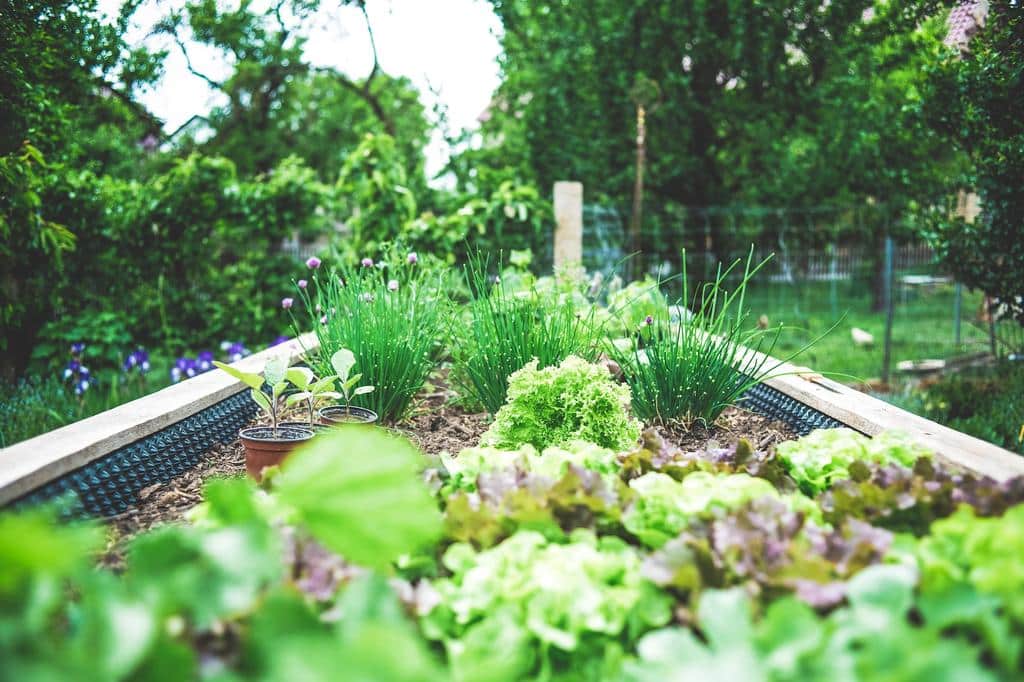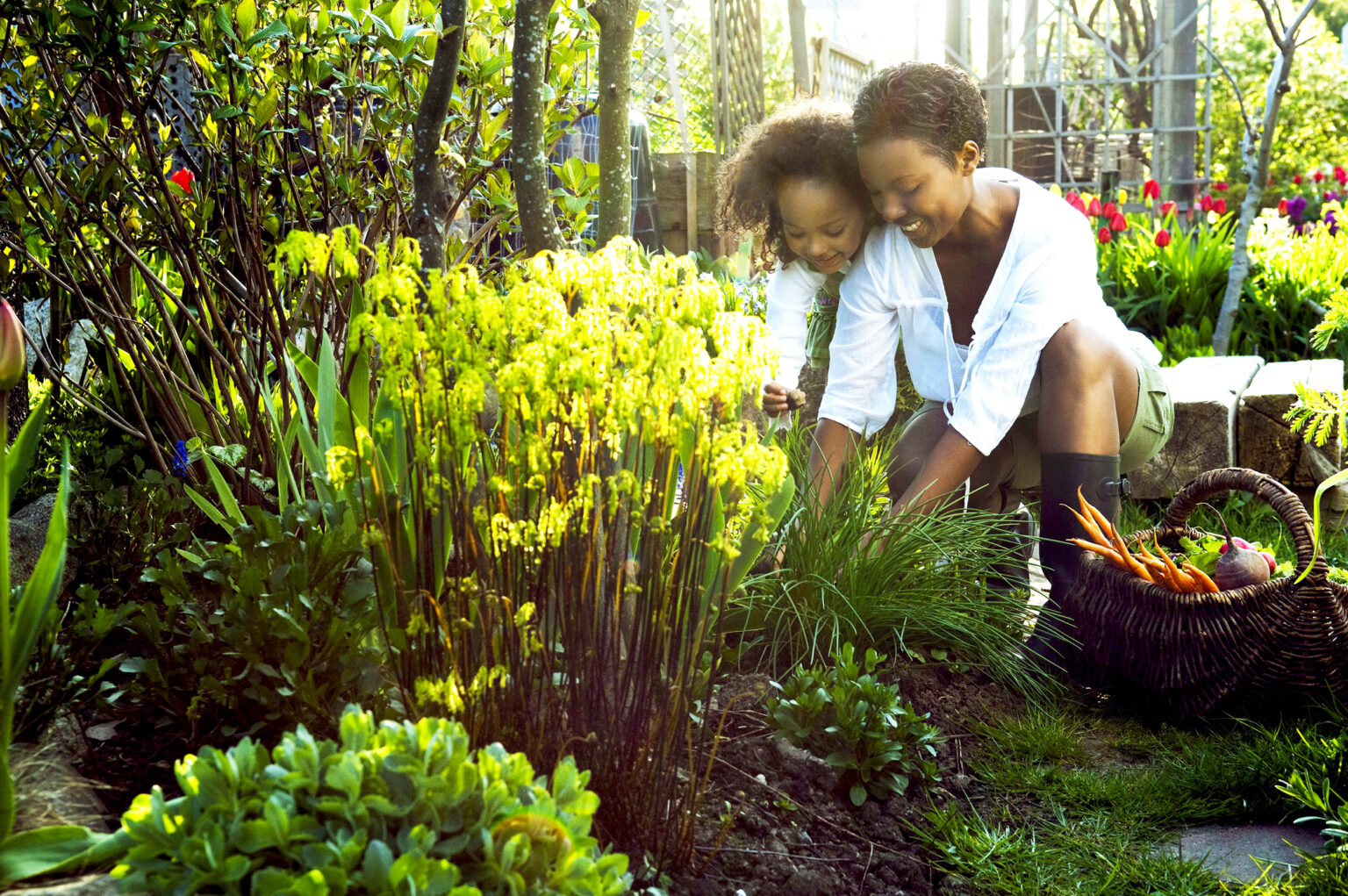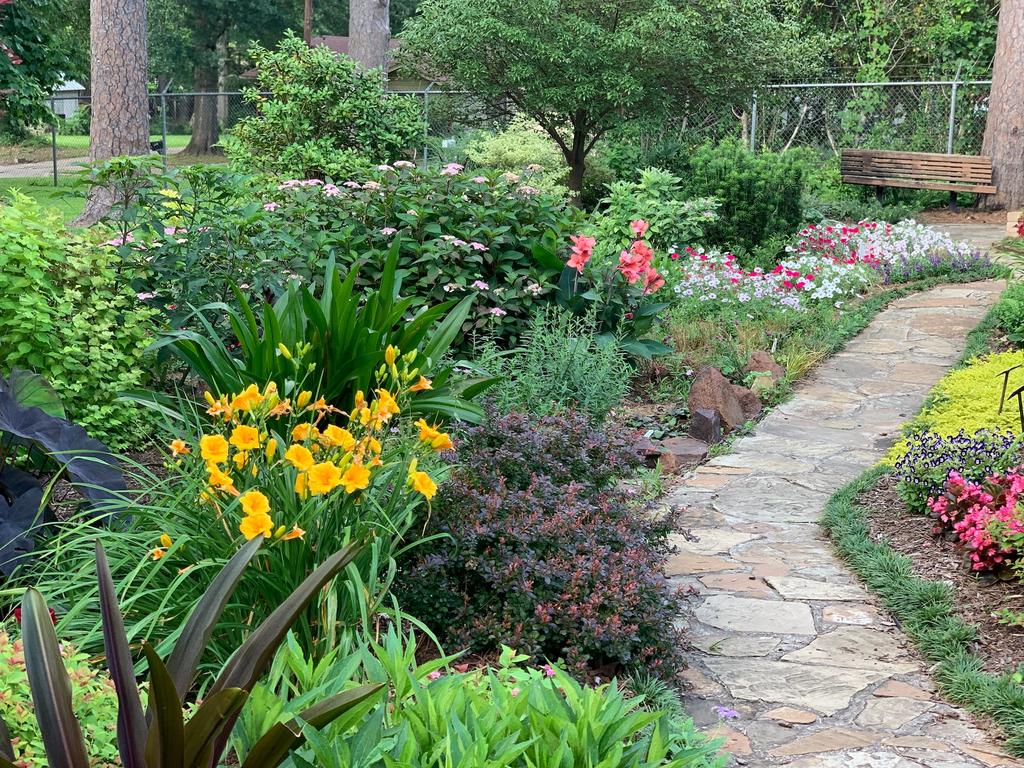Gardening is a prominent activity for homeowners in the United States, with 55 percent actively gardening in their homes or yards. Your garden is a place for tranquility, color, and happiness. It’s an ideal space to grow flowers, herbs, spices, and vegetables to add flavor to your family dinners.
If you’re sold on creating a new garden for your home, it’s critical to know where to begin to ensure it thrives. Understanding the maintenance requirements and the optimal layout will help you enjoy the fruits of your labor.
The good news is that you’ve come to the perfect place to learn about creating a garden for your family to enjoy. Continue reading to start garden planning today!
Choose the Best Garden Type
Before digging and plowing your yard, it’s wise to determine the type of garden you want to grow. A vegetable garden will require nutrient-rich soil to support growth and produce the vegetables you’ll add to nutritious family meals.
You’ll need a different type of garden to plant ornamentals that will add to your yard’s aesthetic. There are several things to consider, ranging from the soil you’ll need, an above-ground bed, and ensuring adequate sunlight.
Account for all these factors before you begin in-depth garden planning. Taking the proper first steps will help you ensure success when building a garden at your home.
Pick the Ideal Spot
When creating a new garden, an excellent tip is to watch where the sun hits at all hours of the day. Your flowers, herbs, and vegetables require sunlight to grow. Monitoring the volume and location of the sun will ensure everything gets what it needs to thrive.
After determining the type of garden you want, you can plot an area in your yard to begin digging and plowing. Ensure each plant has space to grow to allow for a thriving environment.
Access to water is another top priority. To limit the physical labor of carrying water jugs from the spigot to the garden, you’ll want to ensure a straightforward watering process. Planning will help you avoid frustration and other issues when starting your new garden.
Test the Soil
Planting seeds and bulbs is a waste until you’ve tested the soil and know what you’re working with. However, you can skip the soil testing process if you’re creating a container garden. New container gardens will be ready to help you grow what your heart desires.
Testing the soil for in-ground and raised beds for growing plants and vegetables is best. You can tackle the soil testing as a DIY project or contact your local university to inquire about their soil testing options.
You’ll get a clearer picture of the best-growing options in your new garden. After learning about what you can grow, you can go shopping and look at plants for sale.
Fix Soil
If the results of your soil tests aren’t optimal, you’ll need to take steps to fix them before planting your new garden. The test will help you identify nutrient deficiencies and discover your options for replenishing them before growing vegetables or flowers.
The pH level is the most significant factor when determining if your garden requires new or fixed soil. You can add nutrients to alter the pH level and bring it to the ideal spot.
Resolve Any Weeds
Weeds are a challenge of gardening, and it’s best to have a strategy before you start a garden in your yard. Some gardens require you to pluck the occasional weeds that sprout. Others require a constant cat-and-mouse battle to keep your new garden free of weeds.
Weed barrier fabrics are one of the top ways to limit weed growth in your garden. They are a barrier that weeds will struggle to cope with and push through, limiting the sunlight they need to continue growing.
Another alternative involves placing mulch on your garden’s surface to prohibit growth. Mulch is the go-to option if you want the ideal aesthetic for your home garden.
Determine your weed strategy before getting started. The weed barrier fabrics must be installed before you plant the seeds and bulbs in your garden.

Consider the Sunlight
Your garden needs adequate sunlight to ensure the plants, flowers, and vegetables grow. Some plans require hours of full sunlight for optimal conditions, while others require a steady diet of shade. Create a document tracking the areas in your yard that receive total sun exposure.
You can also tag the plants in your garden and label them as full shade, part shade, or no shade. Research the plants or flowers that will do well in different parts of your new garden.
Start Planting
After accounting for adequate sunlight, it’s time to start planting your garden. A small garden will be easy to plot in your head, but an extensive garden requires substantial planning.
It’s best to plan walkways in your garden to ensure an easy path to pick flowers, collect herbs, and water your vegetable garden. Ensure the rows are no more than four feet wide so you can reach everything from where you stand.
Buy the Plants
It’s possible to start a new garden using seeds, but it’s a tall order if you’re learning the gardening basics for much of the first year. Your best bet is to find the plants and vegetables you want and purchase them from a trustworthy nursery near you.
Look for plants with a strong and green appearance when you start shopping. The best plants are solid rather than rigid or floppy. Abnormal leaf coloration is a red flag for your vegetable garden.

Create Your New Garden Today
Creating an idyllic space in your yard is an excellent way to add value to your home, and it starts with planning a new garden. Monitor the sunlight and choose plants and vegetables that thrive in your yard’s growing environment.
Determine your weed strategy and invest in weed barrier fabrics to stop them in their tracks. Test the soil to determine any ingredients you’ll need to add.
Gardening is an excellent hobby that provides relaxation and fulfillment. Explore the therapeutic benefits of nurturing your green space, as gardening not only beautifies your surroundings but also nourishes the soul with its calming and invigorating effects.




